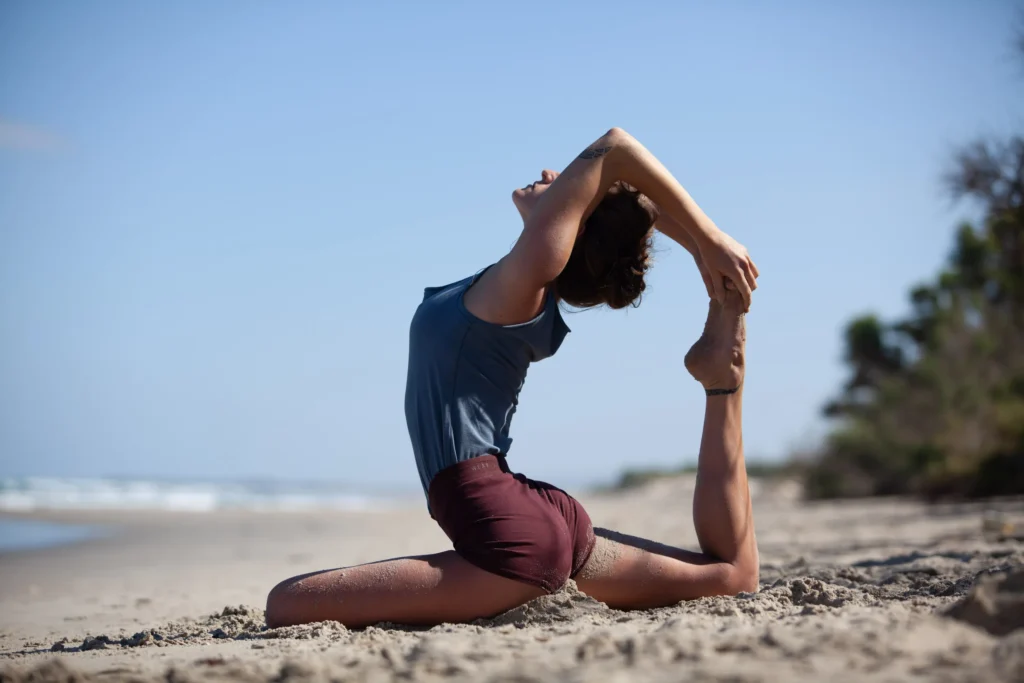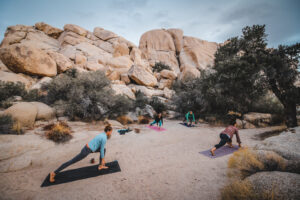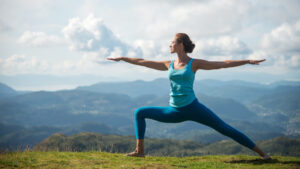Modern life, with all its technological advancements, offers numerous comforts. Heating and cooling systems regulate temperatures, electricity provides light, and pumps and pipes ensure our access to water. The Internet gives us instant information and endless entertainment. These technologies save us time and alleviate concerns about our basic needs, making life more convenient than ever before.
However, this convenience comes at a cost. As we become more reliant on technology, we have grown increasingly disconnected from the natural world and the many benefits it provides to our well-being. This separation can even lead to alienation from our own bodies—one of nature’s most intricate and beautiful creations. This disconnect is most noticeable when we look at our modern work environments, which are often artificial, sterile, and lack any meaningful connection to the earth.
Many people today, especially in Western countries, work indoors in large, industrial-style office spaces. I, too, spent time in such a workspace during my years as a software engineer at Intel. I always found it ironic that these “open spaces” had no windows, no access to natural light, and no fresh air. These conditions took a toll on me physically and mentally. Sitting for long hours at a desk, my body began to feel stiff and tense, particularly in my upper back, shoulders, and neck. I was unable to devote enough time to my yoga practice, and working on a computer for extended periods even led to problems like scoliosis. After less than two years, I left Intel and chose a more balanced, nature-connected lifestyle.
Georg Feuerstein, in his book The Deeper Dimension of Yoga, underscores the importance of maintaining a connection with the natural world. He writes that living in urban environments often results in an abstract relationship with the Earth, one that’s disconnected from its true, tangible essence. He stresses the importance of grounding practices like touching the soil, tending to plants, and experiencing the beauty of wildlife. Without this grounding, he argues, our spiritual practices can easily become a form of escapism rather than a genuine path to wholeness.
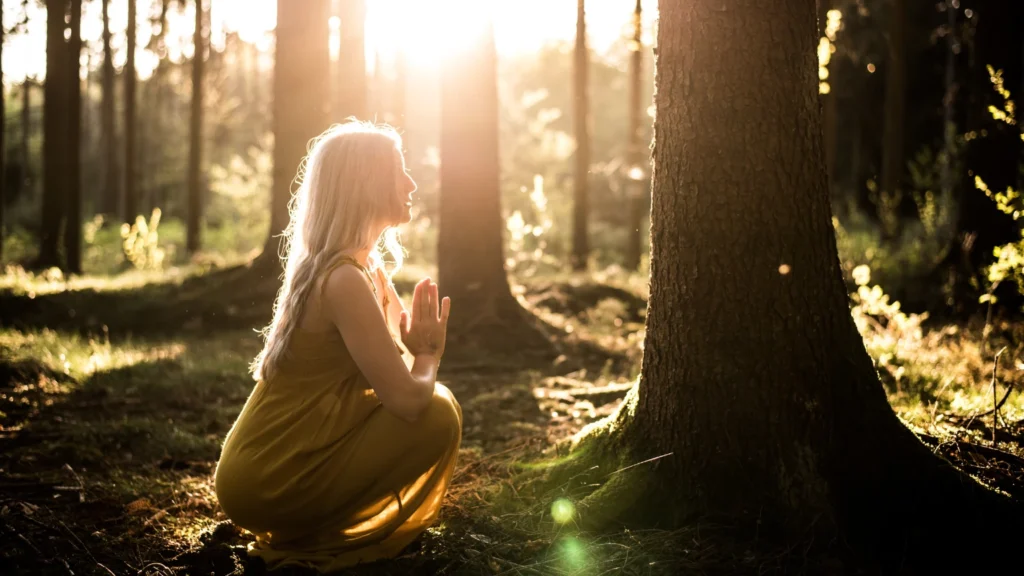
Yoga in Nature is designed to help us reconnect with both our bodies and the natural world. Through practical suggestions and inspiration, it offers methods to practice yoga in outdoor environments, enriching our connection to the earth’s resources. The book is divided into three chapters, each focusing on practicing yoga in different natural settings: the seashore (Chapter 1), the woods (Chapter 2), and the mountains (Chapter 3). These chapters draw on years of dedicated yoga practice in various natural environments—from the Mediterranean beaches to the deserts of Negev in Israel and Sinai in Egypt. Our own experiences in these locations have shown us how yoga in nature can recharge the body, mind, and spirit, even during life’s inevitable challenges.
Over the years, we’ve come to understand that practicing yoga outdoors is not just about physical exercise—it is a way of restoring balance and harmony. Whether meditating by the sea, feeling the soft breeze on our skin, or performing asanas on a cool, curved rock in the desert, we’ve found that yoga in nature has profound, transformative effects. It is a practice that deepens our connection to both ourselves and the world around us.
Yoga practice in nature has taught me more about yoga than the safe, controlled environment of a studio ever could. Outdoors, my body instinctively opens up, my mind quiets, and my practice flows effortlessly. I can hold challenging asanas with less strain and more focus than when practicing indoors. In nature, I am able to connect more deeply with my breath and movements, as if the natural surroundings themselves are guiding and supporting my practice.
Sometimes, postures that feel difficult at home come with surprising ease in nature. I’ve experienced what Patanjali refers to in his Yoga Sutras as Prayatna śaitilya—the effortless effort that marks a mature asana. There is something about nature that allows my body to relax into a posture without force. While I’m not entirely sure why nature has such an effect on my practice, I can undeniably feel the difference. It’s as if the rhythm of the waves, the wind, and the energy of the earth itself help me find greater ease and connection within my body.
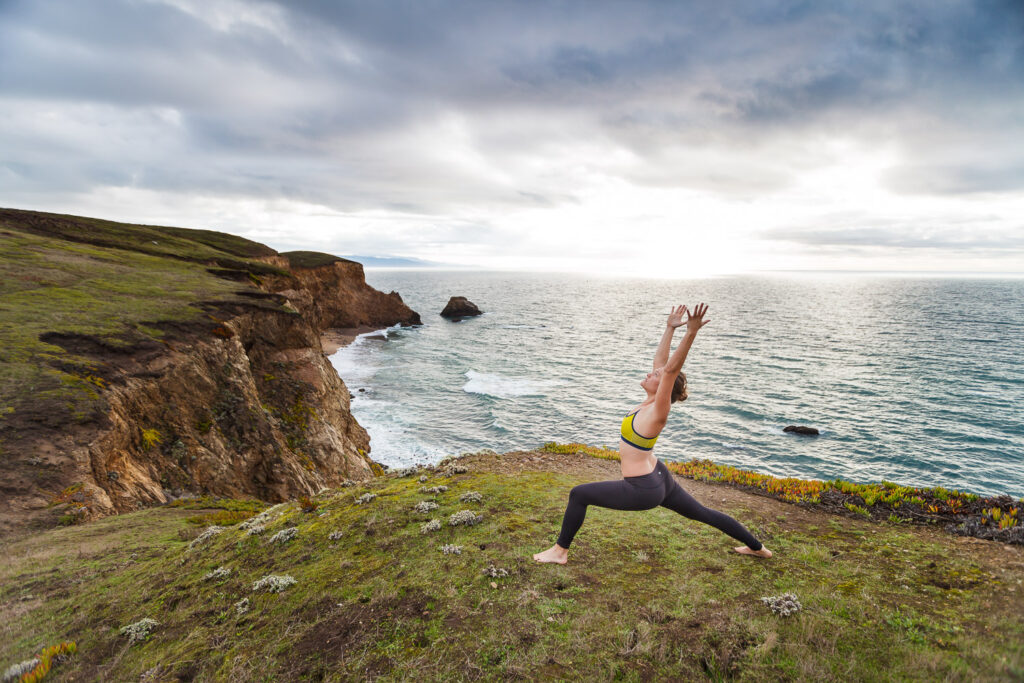
Being in nature, whether it’s standing in front of the vast ocean, perched atop a mountain, or gazing up at the stars on a quiet night, naturally humbles us. We are reminded of our smallness in the grand scheme of the world, and this humbling experience creates the perfect mental state for yoga practice. When we immerse ourselves in nature, we begin to shed the weight of our self-importance, which can make us more open and receptive to our practice.
But simply being outdoors isn’t enough to quiet the mind. If we’re distracted by noise or chaos—like a loud picnic or constant chatter—we won’t fully experience the grounding effects of nature. To truly immerse ourselves, we need to practice yoga, which quiets the mind and helps us focus. Engaging in yoga shifts the mind’s attention away from its usual thoughts and tasks and redirects it inward. It’s through this process that we can connect to our body, our breath, and the energy around us, leading to a deeper sense of presence and peace.
As an Iyengar yoga practitioner, I’ve always relied on props like blocks, straps, and bolsters to enhance my practice. These props allow for greater alignment, support, and depth in the postures. While practicing in nature, however, you might worry that you’re losing the benefits of these props. Fortunately, nature itself offers a variety of props, making it possible to enjoy the advantages of a well-supported practice in the outdoors.
One of the joys of practicing in nature is discovering and utilizing natural props. Whether it’s a smooth rock to support a seated pose, a fallen branch for a prop in a backbend, or the ground itself offering resistance in a standing pose, nature provides endless possibilities for creative, mindful use of natural elements. The more attuned you are to the surroundings, the more you can engage with them in a way that enhances your practice. Yoga in nature offers a powerful way to reconnect with the earth, our bodies, and our innermost selves. Practicing outdoors in environments like the ocean, forests, or mountains brings new dimensions to the practice, helping us restore balance and find deeper peace. Nature becomes a partner in the practice, supporting us through every breath, every movement, and every moment of stillness. With nature’s own props and a quiet mind, we can return to the fundamental principles of yoga—ease, effort, and presence—in the most beautiful, grounding way.

